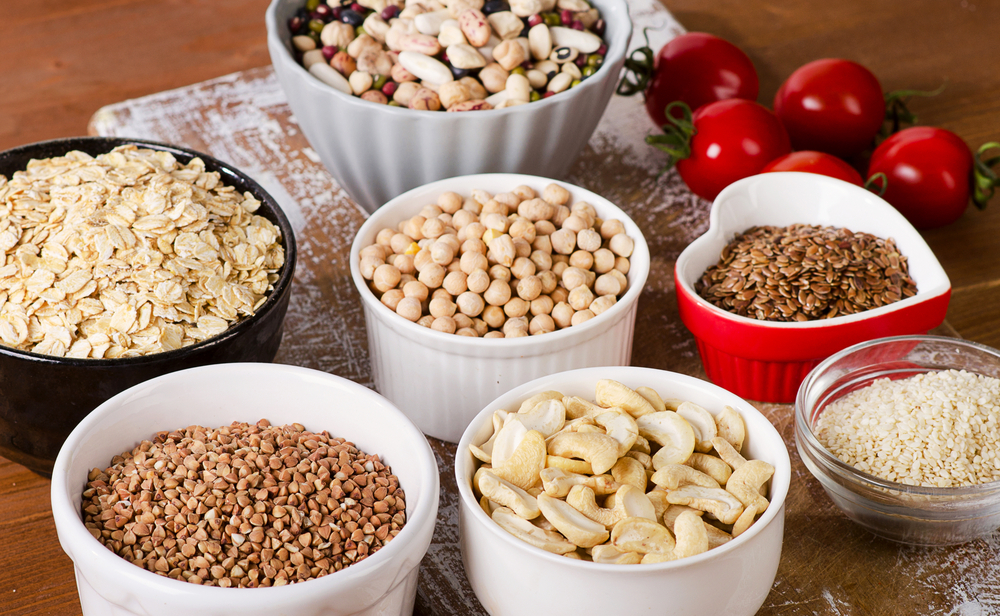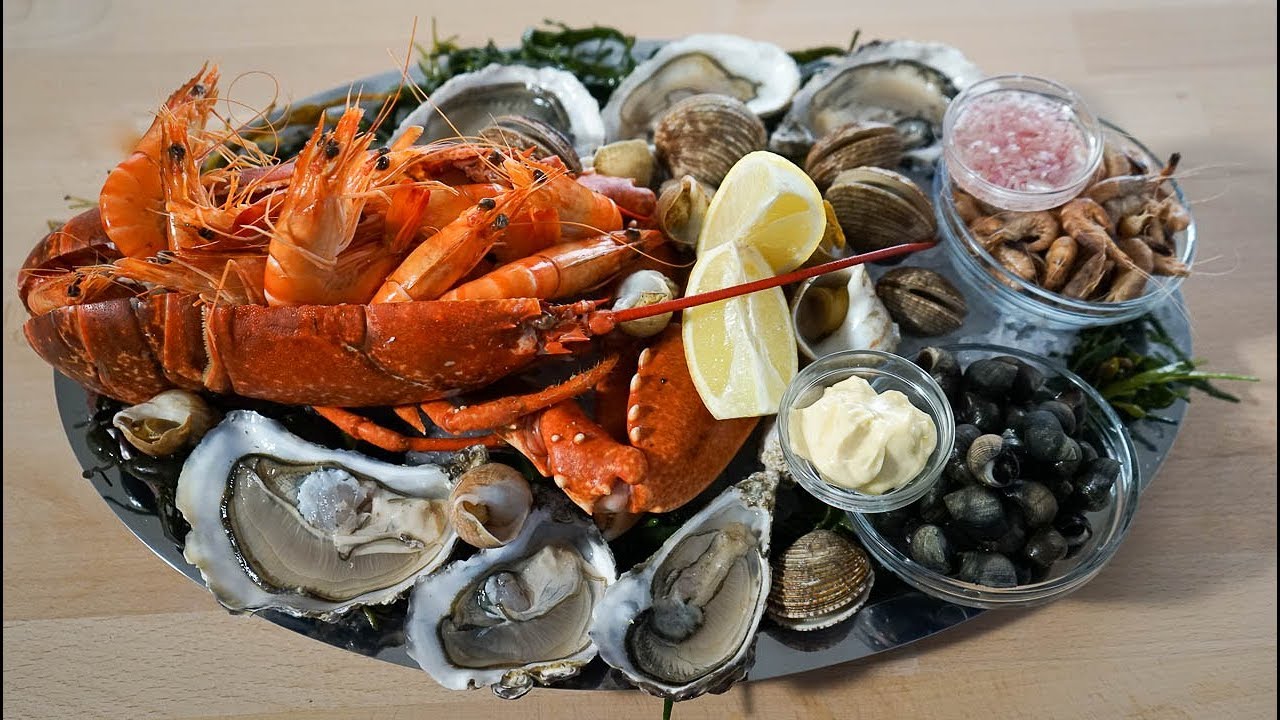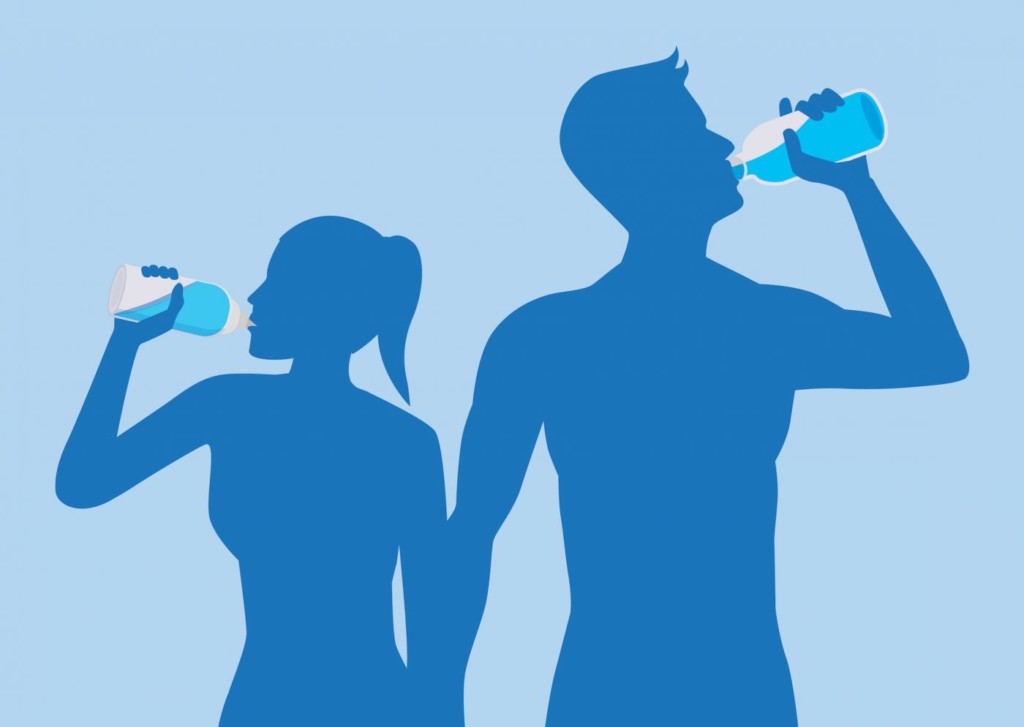Essential to life, copper is a trace element whose properties are largely unknown. It ensures bone strength, as well as the quality of connective tissue and cartilage.
Many doctors recommend copper to treat infertility in couples. It is also a mineral essential for hair and skin pigmentation. Copper deficiency or excess poses significant risks. That's why it's important to be well-informed to avoid any possible inconvenience.
This content is part of the guide Blooness, the guide to the ideal human diet, the summary of which you can find here 🌱🥑

Copper properties and roles
Naturally present in the environment, copper is mainly used in industry and agriculture. Yet it is also an essential trace element for our bodies, helping to build bones and cartilage, transmit important messages to our neurotransmitter system, fight infection, limit the damage caused by oxidative stress, produce enzymes essential to the body and maintain taste function.

Copper ensures the formation of collagen, an essential protein found mainly in skin, bone and connective tissue. This mineral is also essential for the formation of red blood cells.
Take control of your diet and never miss another chapter of the guide by subscribing to the Blooness newsletter 🙌
Among other things, copper ensures the metabolism of lipids and proteins. Thanks to copper, the myelin sheath of the nerves remains in good condition. The body also needs copper to maintain its immune defenses. It is responsible for the production of melanin, the primary coloring agent in skin and hair.
Copper deficiency and excess: symptoms and risks
Copper deficiency generally manifests itself as intense fatigue caused by severe anaemia. Weak bones and joints are also attributed to copper deficiency. The risks increase with age, and the elderly are mainly affected by copper deficiency.

Excess copper is toxic to the body. It often has dangerous effects on the lungs, red blood cells, pancreas and liver. Specialists speak mainly of copper poisoning. But only a handful of cases have been observed.
Recommended copper doses
A healthy, balanced diet is sufficient to cover our daily copper requirements. A nutritional intake of 1.5 to 3 mg/day is recommended for adults. This requirement increases for pregnant and breast-feeding women, athletes, and people suffering from liver and kidney disease.
Recommended nutritional intake
|
Age and condition |
Recommended copper intake (mg) |
| Children aged 1 to 3 |
0,8 |
|
Children aged 4 to 6 |
1 |
| Children aged 7 to 9 |
1,2 |
|
Children aged 10 to 12 |
1,5 |
| Teenagers aged 13 to 15 |
1,5 |
|
Teenagers aged 16 to 19 |
1,5 |
| Adults |
1,5 à 2 |
|
Adults over 55 |
1,5 |
| Pregnant women |
2 |
|
Nursing mothers |
2 |
| Seniors over 75 |
1,5 |
Dietary sources of copper
The best sources of copper are seafood and liver. But high levels of copper are also found in vegetables kidneys, nuts, chocolate, seeds, etc.wheat germ, bran, wholegrain cerealsyeast, red wine, bananas, plums, certain mineral waters and tap water.
| Food | Copper content in mg per 100 g of feed (2) |
| Cooked veal liver | 20,1 |
| Cooked lamb liver | 8,5 |
| Brewer's yeast | 5,3 |
| Cooked heifer liver | 3,5 |
| Unsweetened cocoa powder | 2,7 |
| Cashew nuts, Brazil nuts | 1,8 à 2 |
| Cooked winkle | 1,7 |
| Hazelnut | 1,6 |
| Cooked crab or crab cake, raw oyster | 1,5 |
| Dark chocolate with 70% cocoa solids | 1,4 |
| Cooked whelk | 1,3 |
| Almonds, pistachios, walnuts, pecans | 1,1 à 1,2 |
| Cooked pink shrimp | 0,8 |
| Goat's cheese crottin | 0,7 |
| Button mushroom, avocado | 0,5 |
| Roasted chestnut | 0,5 |
| Müesli | 0,4 |
| Cooked ham | 0,4 |
| Cooked turkey | 0,3 |
| Cooked wheat | 0,3 |
| Cooked white beans, kidney beans, chickpeas or lentils | 0,25 |
| Wholemeal bread | 0,17 |

It is always advisable to consult a physician before taking a copper supplement. Some highly effective multi-vitamins contain very little, just enough for a normal adult..

